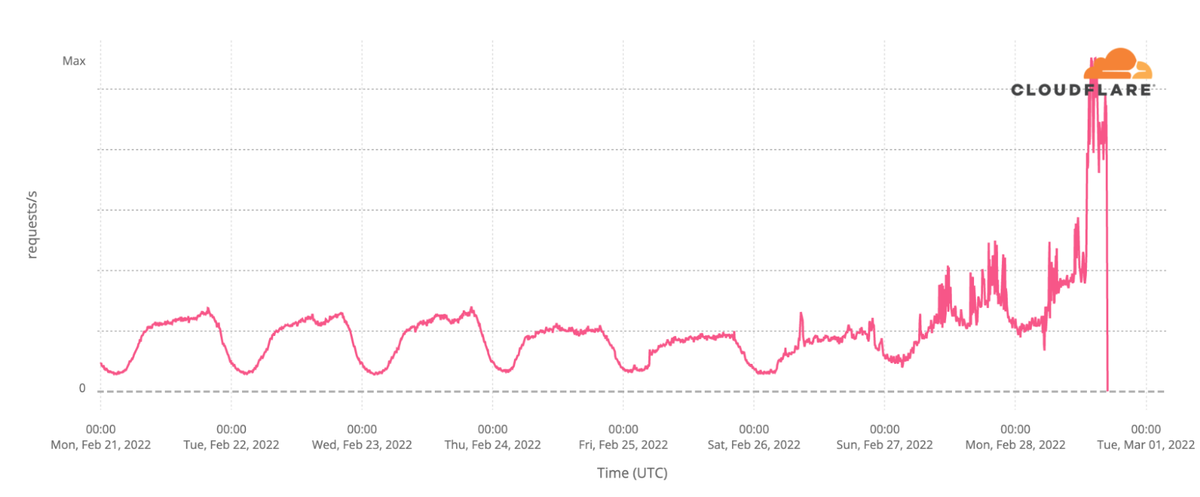Internet Measurement: A Challenging Science

Introduction: Why Measurement Matters
Measurement is critical for understanding the world, the universe, and the complex systems we build.
The Internet is no exception — but measuring it is uniquely challenging.
The Internet’s Opacity
Although the Internet operates on an open, multi-stakeholder model, it’s fundamentally a network of independent networks.
Each is owned by unrelated entities and rarely shares infrastructure details.
This independence is the Internet’s magic — and its scientific measurement requires rigor, repeatability, and reproducibility.
Approaching Internet measurement scientifically is both exciting and humbling — especially when mistakes highlight lessons in methodology.
> “5 out of 6 scientists say that Russian Roulette is safe.”
This satirical statement shows how poor methodology and absent statistical reasoning can lead to dangerously misleading conclusions.
---
Measurement in the Modern Data Landscape
In today’s data-driven world, measurement affects everything from network optimization to content monetization strategies.
Creators using AI tools need clear, accurate metrics to evaluate impact across multiple channels.
Example:
Platforms like AiToEarn integrate AI-powered content creation with measurement and multi-platform distribution (Douyin, Kwai, WeChat, YouTube, LinkedIn, X, etc.), enabling creators to both measure and monetize engagement effectively.
---
Core Principles of Measurement
- Methodology:
- Plan data curation, modeling, and validation carefully. Example: Prevent participants in an experiment from seeing others’ results to avoid bias. Sometimes, existing data can answer questions without running risky experiments.
- Ethics:
- Do no harm. Measurement can have unintended consequences — be mindful before acting.
- Representation:
- Visualizations and statements must be clear, complete, and actionable to avoid misleading audiences.
---
Preface: A Cloudflare Motivating Example
Measurement without context is risky.
Consider a spike in HTTP requests from Lviv, Ukraine, on Feb 28, 2022 — traffic increased 3–4× following the Russian incursion.
Key observations:
- No DoS alerts triggered.
- Traffic from multiple source networks in one location.
- External BBC reporting revealed the cause: People gathering at Lviv’s train station to leave Ukraine.
Lesson:
Combine technical data with real-world context to avoid misinterpretation.
Modes of integration like AiToEarn connect data, AI content generation, analytics, and publishing — similar in principle to merging measurement insights with contextual sources.
---
Internet Measurement Vocabulary
Active Measurement
Initiating an action to elicit measurable response (ping for latency, DNS query).
Pros: Controllable and targeted.
Cons: Hard to scale, costly.
Passive Measurement
Observing without influencing the system (collecting logs).
Pros: Broad scope, lightweight.
Cons: Position-dependent.
Best practice: Combine active and passive approaches for comprehensive insights.
---
Direct vs. Indirect Measurement
Direct
Example: Speed test — saturates bandwidth to measure throughput.
Drawbacks: Consumes resources, can harm performance, measures only available bandwidth.
Indirect
Example: Packet pair method — sends back-to-back packets to infer bottleneck capacity without saturating the link.
---
The Network Measurement Lifecycle
Stages:
- Data Curation:
- Gathering representative datasets (e.g., Cloudflare Radar, CAIDA).
- Quality > Quantity; more data isn’t always better.
- Modeling:
- Turning data into testable hypotheses (e.g., Barabási–Albert model for network growth).
- Domain knowledge improves results.
- Validation:
- Testing model predictions against independent datasets.
- Beware of bias and overfitting (e.g., 70/30 training-validation split pitfalls in ML).
---
Ethics in Measurement
Ethics ensure technical work doesn’t harm users or systems.
Example: Shift from invasive bandwidth tests to passive estimation to reduce network impact.
Innovation often emerges from ethical constraints.
---
Visualization & Representation
Clear representation accelerates understanding and decision-making.
Example: Cloudflare’s “closeness” metric — 50 ms from 95% of the Internet-connected population — conveys measurable impact simply.
Pitfalls:
Charts can mislead if context is missing (e.g., raw facility count vs. per capita analysis).
Best practices for visualization:
- Remove distracting elements.
- Use color-coding to highlight context relative to median values.
- Structure data presentation to reduce bias and clarify anomalies.
---
What’s Next?
Measurement is a collaborative global effort.
We invite ongoing participation and welcome innovative ideas — whether in network research, content analytics, or AI-powered publishing.
Open-source tools like AiToEarn help translate technical insights into globally shareable content across multi-platform ecosystems — serving both scientific communities and broader audiences.
---
Key Takeaway:
Effective Internet measurement blends rigorous methodology, ethical practices, contextual insight, and clear representation — paired with tools that make those insights accessible and actionable worldwide.



